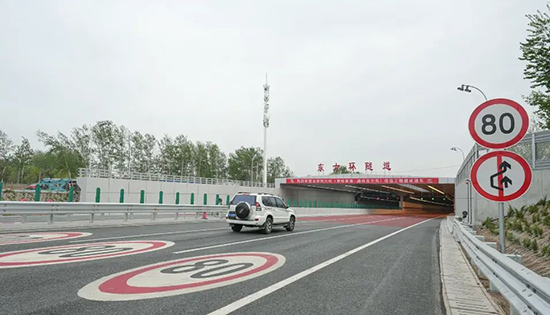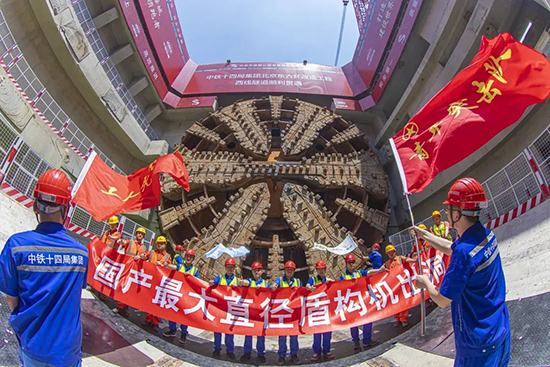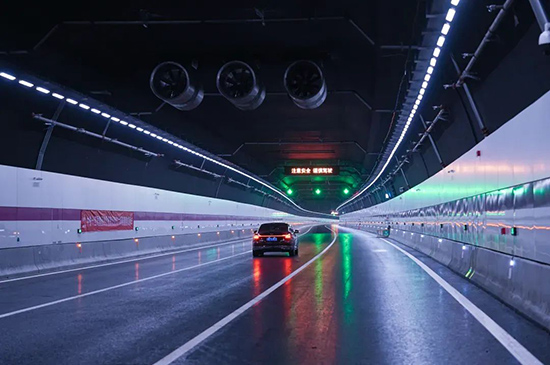 | Home | > News > Company News |
The Beijing East Sixth Ring Road reconstruction project, undertaken by CRCC, opened to traffic on April 20. Vehicles can now travel through the core area of the city's sub-center via underground tunnels, marking the completion of a project that has set multiple national records.
Located in the urban sub-center of Beijing's Tongzhou District, the East Sixth Ring Road reconstruction spans approximately 16.3 kilometers. The 7.4-kilometer shield tunnel serves as the project's critical component and now holds the title of China's longest shield highway tunnel. By taking the Sixth Ring Road underground using shield tunneling methods, the project preserves surface rivers, vegetation, and buildings while creating green spaces that reconnect previously divided urban areas.
The tunnel features a twin-bore design with three lanes in each direction and is designed for speeds up to 80 kilometers per hour. Reaching a maximum depth of 75 meters, it is now Beijing's deepest underground tunnel. The western tunnel section, constructed by CRCC, stretches 7,336 meters and navigates beneath 55 potential risk areas, presenting numerous engineering challenges. To address these challenges, the project team developed the custom "Jinghua" tunnel boring machine – China's first 16-meter class super-large diameter shield machine and the largest domestically produced at the time. Over 24 months of operation, the "Jinghua" completed the task, setting a monthly advancement record of 542 meters and generating 23 new construction methods and patents.
Led by engineer Xiao Mingqing, CRCC's technical team successfully tackled world-class challenges in super-large diameter shield tunneling by combining theoretical research with practical engineering. The design team pioneered an innovative connection system, which effectively prevented joint misalignment, significantly enhanced waterproofing reliability, and substantially improved the tunnel's overall structural integrity.
Controlling ground settlement presented the greatest safety challenge during construction, making effective grouting technology essential. The project team deployed their self-developed double-liquid synchronous grouting technique, which reduced slurry setting time from eight hours to just one hour while quickly achieving the required strength. This technology-enhanced tunnel segments' structural protection and achieved millimeter-level precision in controlling ground settlement.
Smart construction principles guided the entire tunnel building process. To ensure precise assembly of the 37,180 segments in the western tunnel, the team implemented digital twin modeling, Internet of Things systems, and cloud-based production platforms. They customized intelligent production lines and developed 16 advanced technologies, including heavy-duty automated guided vehicles and 3D inspection systems. These innovations created an integrated intelligent management system throughout the segment production process, reducing labor costs by 33% while boosting production efficiency by 30%.
As a key infrastructure project for Beijing, the opening of the East Sixth Ring Road reconstruction significantly advances coordinated transportation development in the Beijing-Tianjin-Hebei region, enhances the city's overall transportation services, and strengthens the comprehensive transportation network.


